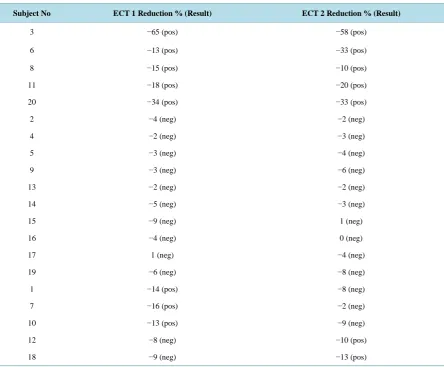Exercise Induced Bronchoconstriction Diagnostics: Impact of a Repeated Exercise Challenge Test
Full text
Figure



Related documents
In interviews, opinion leaders and PDSA facilitators reported engaging in many activities including: amendment of information; dissemination of information; awareness
To assess the impact of the intervention on absenteeism rates, we compared the target school with the control schools with respect to changes in absenteeism rates between baseline
Doctors, nurses and ward aides working in different wards of the hospital who were observed for compliance with hand washing.. Noncompliance was highest
existence of the genuine concern for the provision of landscape amenity services by agriculture and the perception of intrinsic values of the agricultural landscape (target
Therefore, we give a common fixed point theorem for two weakly increasing operators in partially ordered metric spaces using implicit relation technique.. Also we did not use
Due to the limited number of primate imaging time points, it was necessary to construct a kinetic model (Figure 3c) to estimate the full dynamics of 64 Cu uptake in the renal pelvis
[] extended Xu and Noor’s iterative process to a three-step iterative process with errors in Banach spaces and used it to approximate fixed points of asymptotically
Given the PUO and the New Induction on the History of Philosophy, I think that scientific antirealists who endorse Stanford’s PUA and his New Induction on the History of Science face